U.S. CUSTOMERS: Tariffs are included in the product prices until the situation changes. Click here for more info.
U.S. CUSTOMERS: Tariffs are included in the product prices until the situation changes. Click here for more info.
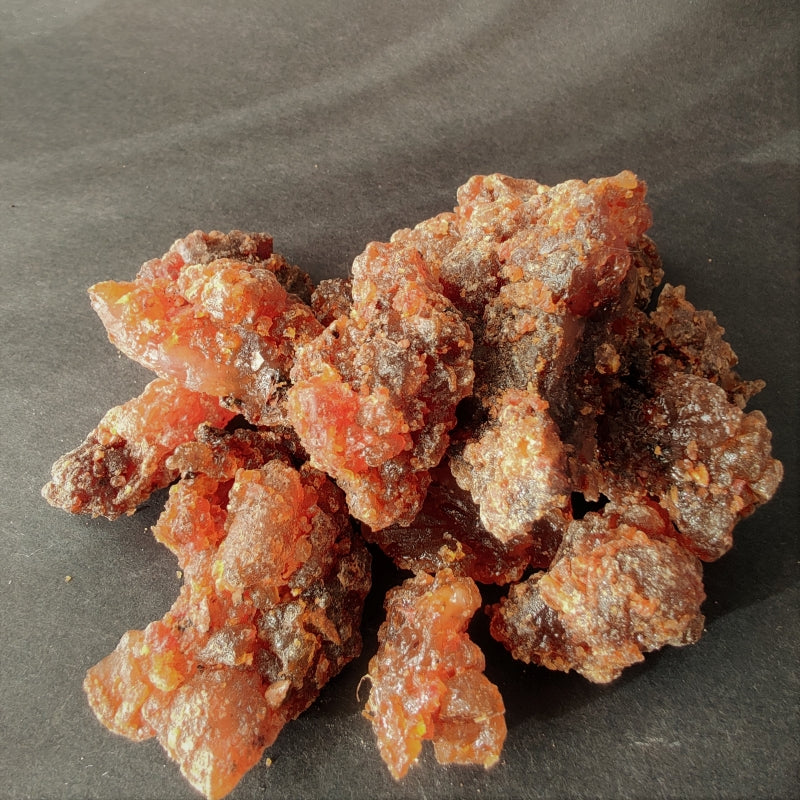
Suhul Myrrh-A gift from the trees
by Dan Riegler January 03, 2024 5 min read 2 Comments

Suhul Myrrh, Somali region of Ethiopia. A special type of Myrrh resin that is collected without cutting or tapping the tree.
Frankincense and Myrrh
Frankincense and Myrrh resins have been used for medicine, incense and perfume for over 6000 years. There are many variations of each of these aromatic treasures and in this post I will tell you about a special Myrrh resin called Suhul Myrrh. Suhul Myrrh is sweeter, lighter in colour and not as bitter as the regular type of Myrrh, and, it is sustainably harvested!
What is Suhul Myrrh?
After the rainy season has ended and the resin harvesters trek through the East African bushland to tap and cut the bark of the Myrrh trees, they first collect the myriad tears of resin that the trees have already produced on their own. This is “Suhul” Myrrh-It is a gift from the Myrrh tree and given freely without tapping the tree.


Tiny tears of Suhul Myrrh collected without tapping or cutting the tree.
The word “Suhul”, has its roots in the Arabic word ” Sahl” which means “Given with ease, or given freely” as opposed to the type of Myrrh that is collected after the labour of tapping the tree which in Somali culture is named “Sarac” Myrrh. Unlike other aromatic tree resins, Suhul myrrh appears naturally and is offered freely. This root of the word Suhul is also found in the traditional Arabic greeting, “Ahalan Wa Sahalan. Or Welcome, what I have is given freely. Welcome and receive freely. The epitome of gracious hospitality.
How much sweeter is this gift the tree offers freely than that which we take from her with a blade. Though Myrrh resin is known for its bitterness, there is a soft sweetness in the taste and aroma of Suhul Myrrh. It is usually lighter, brighter and more translucent than regular Myrrh.


Sustainable aromatics
More than just a classic and fragrant medicine, Suhul Myrrh is about as sustainable a harvest as one can get. With the decline of many of our aromatic plants around the world due to natural and man made stresses, Suhul myrrh is double the gift.
Why are Myrrh tears so bitter?


The Myth of Myrrha
In the classic Greek tale, (which is thought to originate thousands of years earlier in ancient Mesopotamia), Myrrha, the daughter of king Cinyras of Cyprus becomes infatuated with her father. Night after night she slips into bed with him until one night, he lights a candle to better see the face of his passionate new concubine.
When he realizes he has bedded his daughter he is furious and takes his sword to her. She narrowly escapes and is chased by her father and a troop of his soldiers all the way through Arabia to what is now Yemen. The girl is on the run, exhausted, desperate, distraught, and pregnant with her son, her brother and her father's grandchild.
Myrrha pleads with the Gods to help her and they hide her from the wrath of her father by turning her into a tree. Safe now, but still pregnant she gives birth, as a tree, to Adonis. This is why, till this very day, the Myrrh tree weeps such bitter tears.
.
Myrrh, Mary and the Moon
Now, it is often explained that this myth is a cautionary tale to reinforce a moral code in our society and keep our gene pool strong. However, it also gives us some insight into the nature of one of the most ancient and valuable medicines of our collective civilization.
The root of the name Myrrh is Mar or Mor, an ancient Semitic word meaning bitter. Myrrh resin is most definitely bitter. Bitter as our tears and our grief. This is also the root of the name Mary, a derivation of the name Maryam which means the bitterness, salt, or the froth of the sea. (Mer, Maritime, del Mar, etc.). Coincidentally, the name Aphrodite is translated as “She who has risen from the froth of the sea”.


The connection between the moon and the seas and oceans is obvious and it is no surprise that in traditional Astrology Myrrh is ruled by the moon, (and the sign of Cancer). And as the moon operates on the waters of the planet, Myrrh influences the fluid systems of our bodies. Keeps them moving, encourages a natural ebb and flow and eliminates stagnation. We all know what happens to water when it sits and gets stagnant. Bacteria and other organisms proliferate.
We also see how sadness , grief, loss and suffering are associated with Myrrh resin. Life is sweet but life is also bitter. We cannot have one without the other. for every mountain there is a valley for every full moon there is a new moon and every birth comes prepackaged with a death. Thus Myrrh is associated with water, movement, cycles, duality, the feminine principal, birth and death and ebb and flow. (I also suggest you research Adonis and his relationship with Aphrodite to gain further insight into this ancient medicine).

Some traditional uses of Myrrh resin
And so it is that Myrrh was used for embalming and as an incense in ancient Egyptian funerary rites. In antiquity, Myrrh was added to wine to ease the pain and grief of those condemned to death. (the Gall of the Bible). Myrrh is traditionally used to help regulate a woman’s menstrual cycle, (Avoid when pregnant), move phlegm out of the body, acts as a "bitter" and a stimulant on our digestive system and encourages the production of bile. It is unsurpassed as a “heal-all” for oral care, effectively addressing issues such as inflamed sore or infected gums, post-extraction soreness or denture irritation, spongy gums, canker sores, halitosis, laryngitis, gingivitis, and loose teeth.
A simple tincture of Myrrh added to a mouthwash of warm salted water is one of the best treatments for most all oral issues. Myrrh is an anti-fungal and is traditionally used to treat candida, thrush, (and oral thrush), as well as fungal infections of the skin and nails. (Again, its association with water).

Experience Suhul Myrrh for yourself
You will find Suhul Myrrh in the shop here when it is available.
Essential oils. A Blessing or a curse?
We can’t talk about Myrrh without mentioning Frankincense and our other resin-bearing trees. So while I’m on the topic, what most people don’t know is that our insatiable Western hunger for essential oils is a serious contributing factor to the decline of our wild aromatic resources including our Frankincense and Myrrh trees.
For this reason, I always encourage everyone to use the whole resin or its derivatives whenever possible, (Tinctures, Absolutes, Extracts etc., and not the essential oils. When we use the essential oil of Frankincense we lose the majority of the therapeutic compounds in the resin. It is simply wasteful!
For more information on the folly of Frankincense essential oil, please see my post here-A complete guide to Frankincense resins
Dan
2 Responses
Mohed Jama Adam
January 16, 2024
SUHUL VERY GOOD
Leave a comment
Comments will be approved before showing up.
Also in Apothecary's Garden Blog
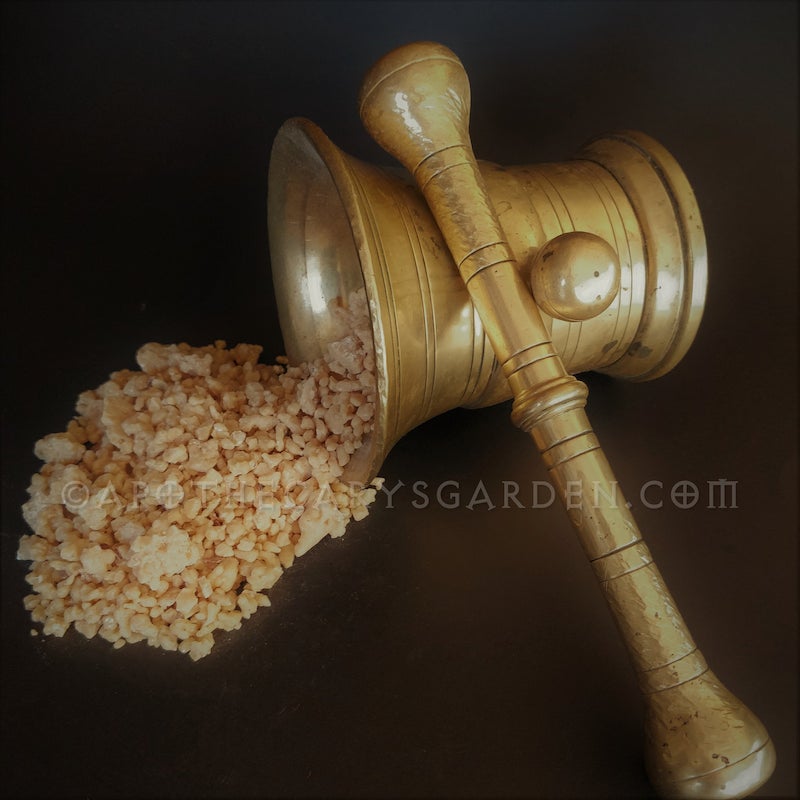
How to make a Frankincense Resin Extract with Boswellic acids
by Dan Riegler February 13, 2025 5 min read
The resin portion of Frankincense contains very valuable therapeutic compounds called Boswellic acids. You won't find them in the water-soluble gum, and you will not find them in the essential oil of Frankincense. We cannot use these resin acids to their fullest extent until we liberate the resin from the gum portion.
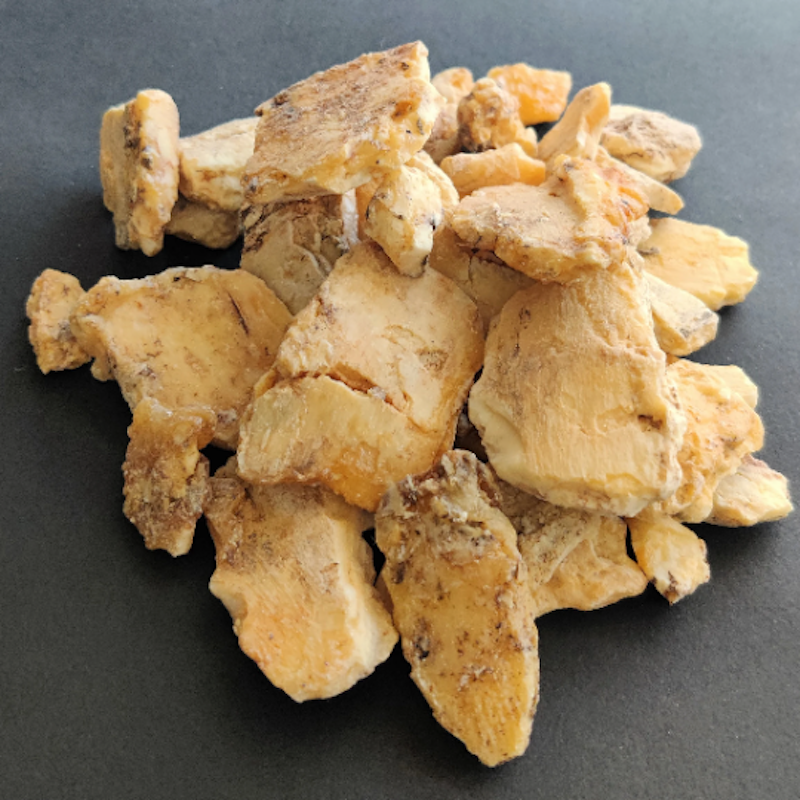
Sumatrana Benzoin-A New sustainable resin for Medicine, Incense and perfume
by Dan Riegler February 05, 2025 5 min read
Sumatrana Benzoin is harvested sustainably by farmer families in a small area of Northern Sumatra. This resin is unique in that it has floral notes other Benzoin types Lack. It has only recently been introduced to the Western market for use in perfume, medicine, incense and cosmetics.
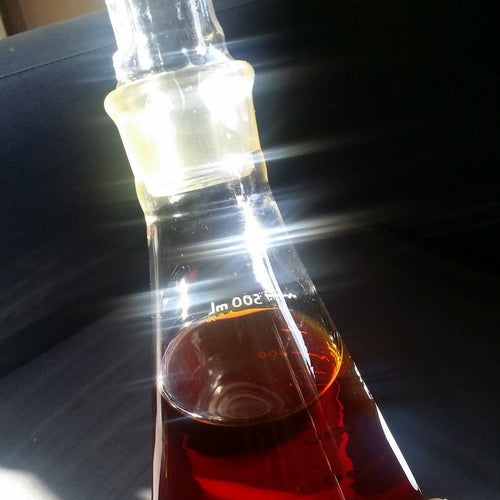
How to make a Medicinal Tincture of Frankincense
by Dan Riegler January 23, 2025 5 min read
There are several ways we can benefit from the anti-inflammatory and anti-cancer resin compounds found in Frankincense resin. A tincture is one of them and an easy product to make at home.
Recent Articles
-
How to make a Frankincense Resin Extract with Boswellic acids
February 13, 2025
-
Sumatrana Benzoin-A New sustainable resin for Medicine, Incense and perfume
February 05, 2025
-
How to make a Medicinal Tincture of Frankincense
January 23, 2025
-
Frankincense as Medicine-Truth, Myth, and Misinformation
January 15, 2025
-
Sustainable Frankincense from the Samburu women of Kenya
December 04, 2024
-
How to make a Tincture of Myrrh for oral health
November 27, 2024
-
Green Frankincense Demystified
October 04, 2024
-
How to make an oil extract of Frankincense-2 methods
January 17, 2024
-
Suhul Myrrh-A gift from the trees
January 03, 2024
-
How to prepare Winter Medicine with local Tree Resins
December 14, 2023
Categories
- Akba
- Ambergris
- Animal Welfare
- Animalics
- Anti-inflammatory
- Aphrodisiacs
- Aphrodite
- Apothecary Arts
- BA
- Benzoin
- Boswellia
- Boswellia Carterii
- Boswellia Frereana
- Boswellia Neglecta
- Boswellic Acids
- Boswellis Serrata
- burn incense
- cancer
- Censer
- Chest Rub
- Commiphora
- Commiphora Myrrha
- Copal
- Cough Balm
- DIY
- DIY Frankincense extract
- Fair trade
- ferula
- Frankincense
- Frankincense Absolute
- Frankincense as medicine
- Frankincense Extract
- Frankincense Neglecta
- Frankincense Sacra
- Frankincense Tincture
- Frankincense tutorial
- Incense
- Incense burners
- Incense Making
- Incense Resins
- kenya
- Medicated oils
- Medicine chest
- Muscle Rub
- Musks
- Myrrh
- Myrrh tincture
- new
- Perfume
- Perfume Ingredients
- Perfume Making
- Perfumery
- Pine
- Pine Resin
- Resin extract
- Royal Green Hojari
- Sacred Copal
- Samburu
- Spruce Resin
- Suhul Myrrh
- Sultans Select
- Sumatrana Benzoin
- Sustainability
- Sustainable Frankincense
- Sustainable Harvest
- tincture
- Traditional Medicine
- Tree Medicine
- Tree Resins
- Tutorials
- Wildcrafting
- Wood finishes
Where are you Blog posts Dan?
Please bear with me as I rewrite, update and link my old Blog posts to the new shop. If you don't see the tutorial or post you are looking for, pop in periodically. I should have them all up, updated and running in the next few weeks.
Subscribe
Sign up to get the latest on sales, new releases and more …
- Comments
- DISQUS
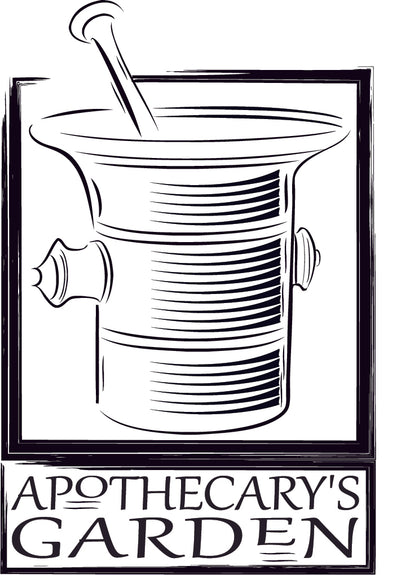
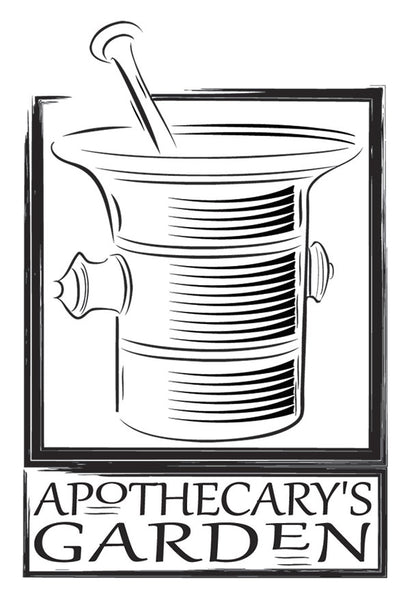


Paul
February 12, 2025
I always love reading this blog. It is very educational and informative, and amazingly interesting. Keep up the great work!